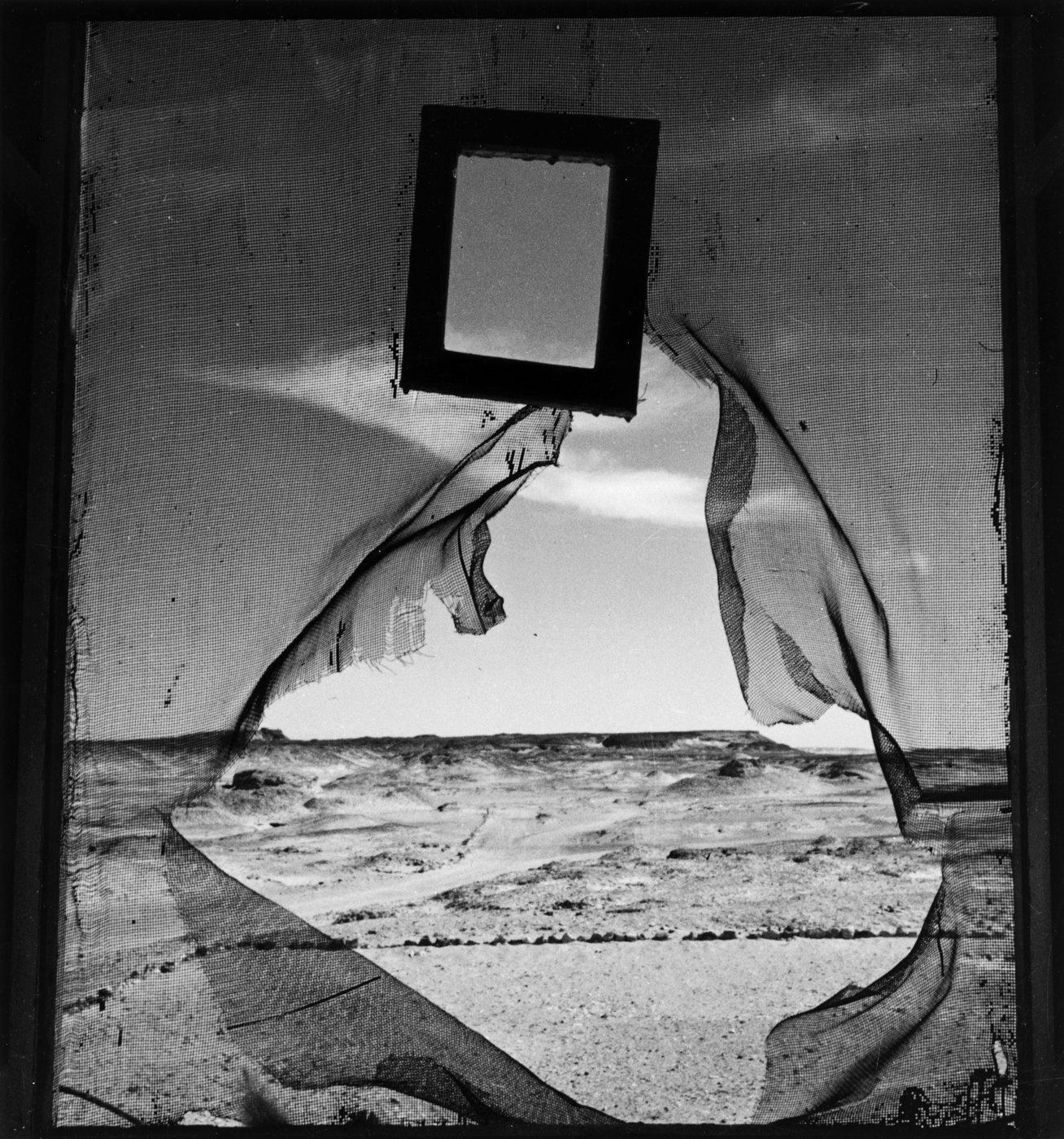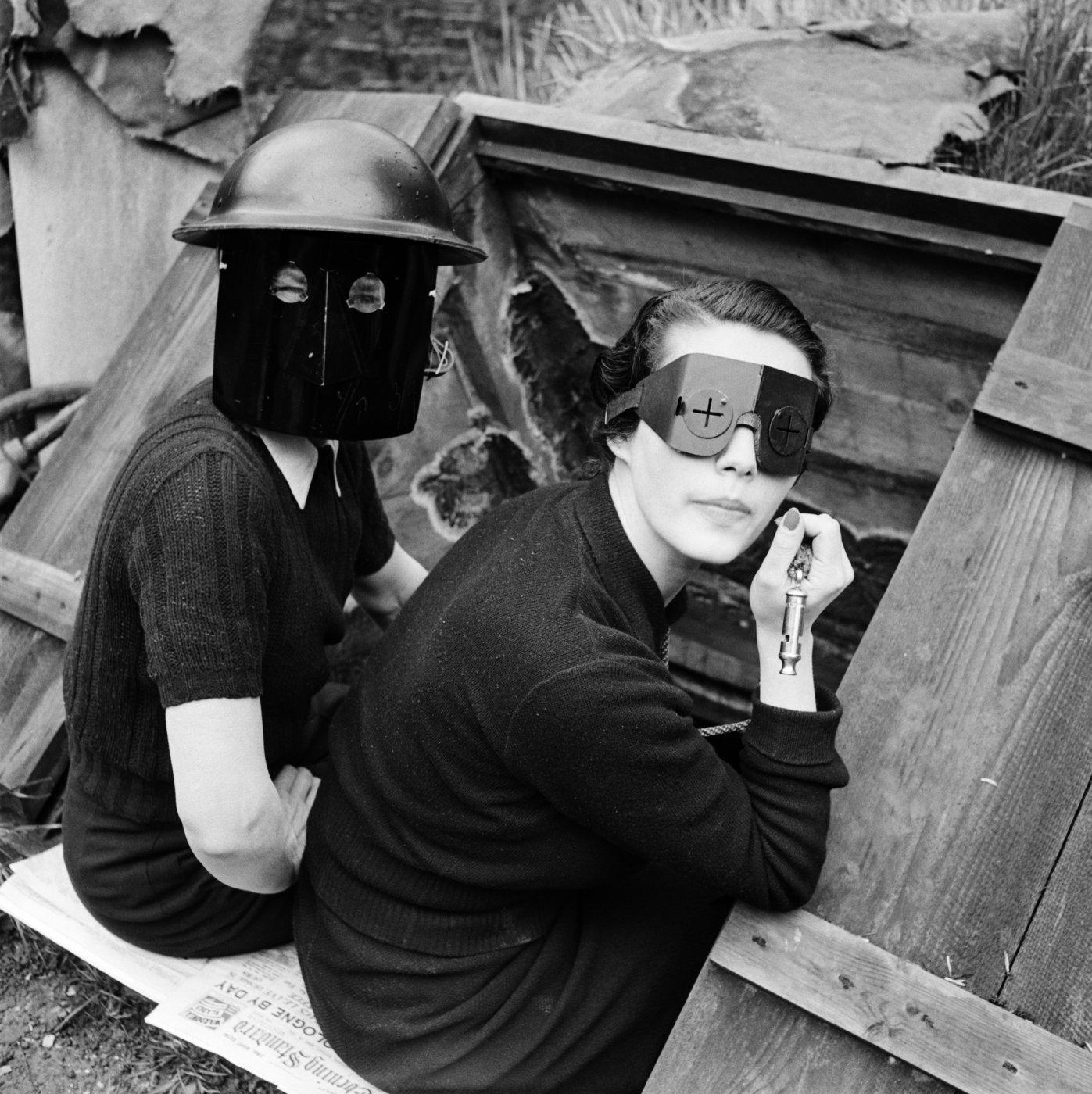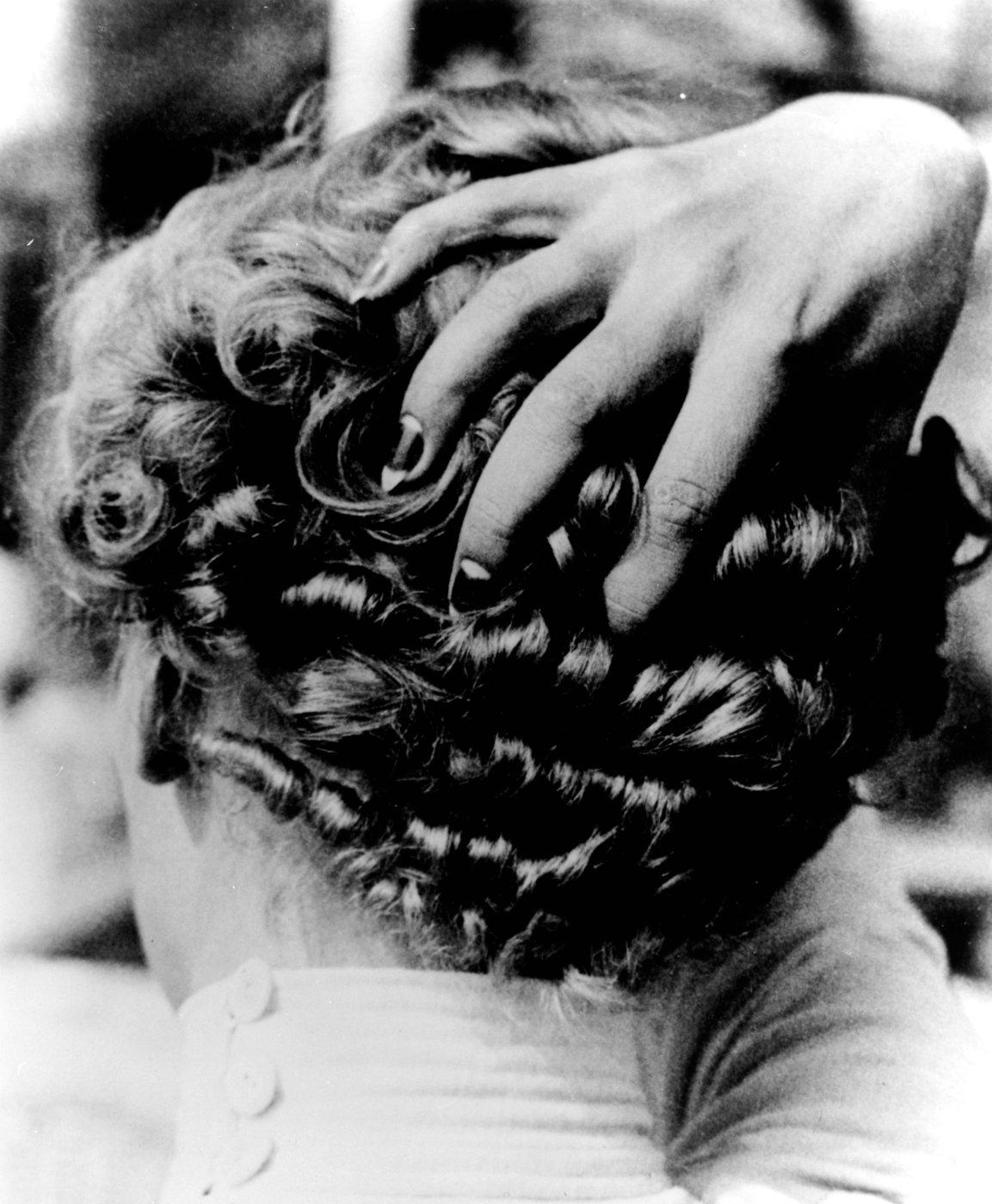Searching for Lee Miller – the Tate curators redefining an artist

The curators of Tate Britain's Lee Miller retrospective discuss how their Art Fund-supported research has helped foreground creativity over biography.
A version of this article first appeared in the autumn 2025 issue of Art Quarterly, the membership magazine of Art Fund.
The life and work of US-born photographer, artist and journalist Lee Miller (1907-77) incorporated high fashion and Surrealist art alongside trauma and the horrors of reporting on the Second World War. From her early modelling for Vogue magazine at the invitation of the New York magazine’s publisher, Condé Nast, to collaborating with avant-garde artist Man Ray (1890-1976), setting up her own photographic studios in Paris and New York, and later documenting the liberation of Europe as last-ditch battles raged on French and German soil, Miller’s trailblazing creative drive and tenacious spirit resulted in a diverse body of work that still intrigues and inspires today.
And then there is the photograph of Miller by her friend and fellow war correspondent David E Scherman, sitting in Hitler’s bathtub as she scrubs away the dirt and death of Dachau, the Nazi concentration camp she had photographed earlier that day.
The image, along with Miller’s of Scherman in the same setting, is one of around 250 vintage and modern prints that will feature in Tate Britain’s Lee Miller retrospective – the largest ever staged in the UK, spanning the full range of her practice from c.1929 to 1964. That photograph’s defiantly performative stance, with Miller’s deliberately muddied boots in the foreground and a portrait of Hitler placed on the side of the bath, has helped shape a mainstream narrative that often foregrounds Miller’s personal life and war work over her other artistic output.
For Tate’s senior curator of modern and contemporary British art, Hilary Floe, and assistant curator Saskia Flower, one of the challenges of making the exhibition and writing the accompanying book has been how to tell Miller’s compelling personal story while primarily celebrating her as an artist. ‘We really just wanted to bring the gravitas to Miller’s work,’ explains Floe. ‘Yes, she was very beautiful and very well connected, and she had an interesting, exciting life, and lots of other artists painted or photographed her. But she was also a really major artist, and that’s the story we want to tell.’

Who was Lee Miller?
Miller was born in 1907 in Poughkeepsie, New York, the daughter of Theodore and Florence. Her father, an engineer and executive at the De Laval Cream Separator Company, was a keen amateur photographer and Miller modelled for him up until her late teens, learning the basic technical skills to take her own photographs.
Aged seven, a seemingly idyllic childhood was shattered when she was sexually assaulted while staying with a family friend in Brooklyn – a trauma that perhaps explains subsequent disruptive behaviour, which resulted in her being expelled from multiple schools. In part because Miller never spoke publicly about the rape, while it’s discussed in the exhibition book, it’s not in the gallery texts. ‘We thought long and hard about that decision,’ explains Flower.
By the time of Miller’s death in 1977 she had retreated from photography. The savagery and destruction she’d seen during the War had stayed with her and she struggled with alcohol, but she had also reinvented herself as a kind of Surrealist celebrity chef, creating recipes and hosting dinners. It was only after the posthumous discovery of around 60,000 negatives, prints and documents in the attic of the family home, Farleys House, in East Sussex, that a fuller picture of her life and work started to develop. The house is now the site of the Lee Miller Archives, run by Miller’s son, Antony, her child with her second husband, artist Roland Penrose.
Her first marriage, in 1934, to Egyptian businessman Aziz Eloui Bey, resulted in her living in Cairo until 1939, a period when, without the need to work commercially, she took photographs for herself. ‘During that time Miller travels around North Africa and West Asia and takes really experimental photographs that harken back to some of the first Surrealist things she had done in Paris [in the early 1930s],’ says Floe, ‘vast landscapes or strange details of nature, or architecture, or a ruin. There’s a group of works from those years in the exhibition that have never been shown before.’

Digging through the archives
With so many of the stories recounted about Miller positioning her in relation to the famous men she knew, or her beauty and strident personality, Floe and Flower felt that it was even more important that, to produce a really authoritative retrospective, they needed to go back to original sources as much as possible. The Miller Estate’s archive was invaluable for this research, as were other archives in London and Paris, but in April 2024 Floe and Flower also undertook a one-week trip to New York, Philadelphia and New Haven, supported by an Art Fund Jonathan Ruffer curatorial grant.
There, they explored a range of institutional archives, as well as meeting with museum curators and collectors, securing loans for the exhibition and deepening their knowledge of Miller’s work and life. ‘It was an incredibly useful trip,’ says Floe. ‘It enabled us to get to sources that maybe hadn’t been considered before, and also just to add nuance and depth to the way that we understand Miller’s works. There’s a number of really interesting archives on the East Coast, and those were the primary focus of the trip.’
From Vogue model to war correspondent
In New York, they spent time in the Smithsonian’s Archives of American Art and the archive of the Museum of Modern Art, where they also viewed Miller’s works in its collection. Perhaps most significantly, they were granted access to Condé Nast’s corporate archive, which provided a wealth of Vogue magazine-related context, including a treasure trove of correspondence between Vogue editors in New York, London and Paris.
These provided an inside track on Miller’s work for the magazine, revealing how Condé Nast himself encouraged British Vogue’s editor to commission her work after initial scepticism when she turned up as a volunteer at the beginning of the Second World War. Miller subsequently shot some of her most famous photographs while working for the magazine during the War, including 1941’s Fire Masks, featuring metal-mask-wearing female models sitting at the opening to an air-raid shelter.

Illuminating discoveries
The visit to Condé Nast in New York also unlocked access to Vogue’s London archive, which in turn revealed vintage prints that are included in the exhibition. ‘The Condé Nast archive really fleshed out the inner workings of Vogue and Condé Nast magazines, and how they perceived Miller,’ says Floe. ‘There’s a lot of correspondence about her, from as early as 1930, when she’s in Paris, to after the Second World War.’
One of the most interesting finds was an early memo from the senior art director at the company, Dr Agha, explaining that Nast wanted the Paris-based Vogue chief photographer George Hoyningen-Huene to start taking on trainee photographers. Nast was aware that Miller had moved there in 1929, initially as a student of Man Ray before becoming his collaborator and lover. ‘He specifically mentions that Miller should be someone that Hoyningen-Huene takes on,’ continues Floe. ‘So, very early in Miller’s career, Condé Nast is personally recommending that she be retrained from model to photographer because he saw this intelligence and talent there.’

A Surrealist's studio
Miller launched her own photographic studio in Paris in 1930, asserting her independence from Man Ray. On moving back to New York in 1932 she established Lee Miller Studios, Inc, while also cementing her relationship with the gallerist, and champion of Surrealism, Julien Levy, who the previous year had bought some of Miller’s works on a visit to Man Ray’s studio. Levy’s archive is kept at the Philadelphia Museum of Art, and Flower describes exploring it as ‘truly invaluable’. In particular, it offered a window on to Miller’s early Surrealist work.
‘Levy was her only dealer and the only person advocating for her work from an artist’s perspective, not part of her fashion magazine work,’ Flower explains. ‘As well as all these amazing press releases from the gallery, there’s a scrapbook of press clippings. So again, we could go back to the original sources and see how the work was being presented and also then how it was being received by critics of the time. Miller’s solo exhibition in 1932 for the gallery had reviews in The New York Times, The New York Evening Post, in the New York World-Telegram. It really underscored that she was a well respected photographer at the time.’
Another key source of material was explored at Yale’s Beinecke Rare Book & Manuscript Library in New Haven, which houses biographer Carolyn Burke’s research and correspondence for her 2005 book, Lee Miller: A Life. ‘It was very useful to see the raw material and the original wording,’ says Floe, ‘such as the interviews with Miller’s brother and with David E Scherman.’
Rewriting the narrative
Burke’s files also shed light – or doubt – on one oft-repeated story about Miller, that she first met Condé Nast when she stepped into the path of an oncoming car, only for Nast to save the day by pulling her back onto the sidewalk. He subsequently asked her to model for Vogue, and an illustration of Miller by the French artist Georges Lepape graced the 15 March 1927 cover of the magazine. A photocopy of Hoyningen-Huene’s unpublished 1960s memoir among Burke’s documents gives the story a rather less dramatic spin, suggesting instead that as Miller was crossing the road when there was no green man, Nast merely tapped her on the shoulder.

‘I have never found a really conclusive primary source for that story, and so it still remains a bit of a mystery,’ says Floe. ‘But it may have been a story that Miller herself told. She was very fond of this “accident narrative”, that she just stumbled into everything. When she was in the War, she said, “Oh, things kept happening to me, because I have no sense of direction.” That was a sort of Surrealist gesture, to attribute everything to chance, but it’s also maybe something about being a woman artist and not wanting to seem too fiercely determined – which she really was.’
Both Floe and Flower stress that throughout the process of bringing the exhibition together, they have always been led by the work. ‘Miller had many lives, each of which left its own footprint,’ says Floe. ‘She’s a huge role model for photojournalists and journalists but also writers. It’s not just her incredibly intelligent, nuanced and piercing way of presenting and thinking through the world, but the fact that her works have this radical openness to them, which I think requires its own intelligence and courage, and which also keeps us coming back to them.’
‘That she did so many things is actually one of the joys,’ Flower adds. ‘And we’ve really interrogated it from lots of different angles, so that this version of Lee Miller – and there will be others – will not only get closer to a narrative that feels true, but will really champion her as an artist.’
Lee Miller, until 15 February 2026, Tate Britain. Get 50% off exhibition tickets with National Art Pass.